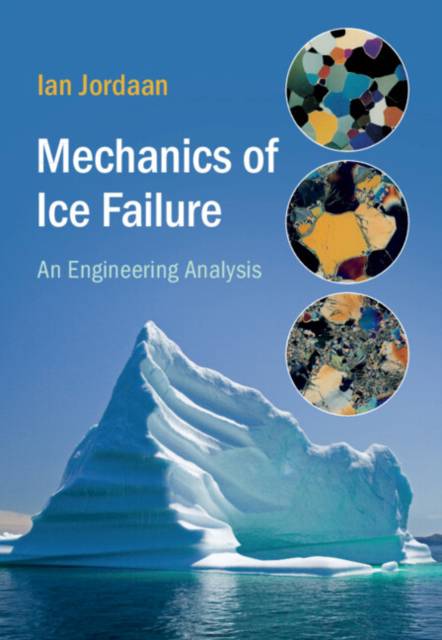
- Afhalen na 1 uur in een winkel met voorraad
- Gratis thuislevering in België vanaf € 30
- Ruim aanbod met 7 miljoen producten
- Afhalen na 1 uur in een winkel met voorraad
- Gratis thuislevering in België vanaf € 30
- Ruim aanbod met 7 miljoen producten
Zoeken
Omschrijving
Featuring real-world examples and practical methodology, this rigorous text explores time dependence in the mechanics of ice. Emphasizing use of full scale data, and implementing risk-based design methods, mechanical theory is combined with design and modelling. Readers will gain understanding of fundamental concepts and modern advances of ice mechanics and ice failure processes, analysis of field data, and use of probabilistic design methods, with applications to the interaction of ships and offshore structures with thick ice features or icebergs. The book highlights the use of viscoelastic theory, including nonlinearity with stress and the effects of microstructural change, in the mechanics of ice failure and fracture. The methods of design focus on risk analysis, with emphasis on rational limit-state principles and safety. Full discussion of historical discoveries and modern advances - including Hans Island, Molikpak, and others - support up-to-date methods and models to make this an ideal resource for designers and researchers.
Specificaties
Betrokkenen
- Auteur(s):
- Uitgeverij:
Inhoud
- Aantal bladzijden:
- 244
- Taal:
- Engels
- Reeks:
Eigenschappen
- Productcode (EAN):
- 9781108481601
- Verschijningsdatum:
- 11/05/2023
- Uitvoering:
- Hardcover
- Formaat:
- Genaaid
- Afmetingen:
- 164 mm x 240 mm
- Gewicht:
- 589 g

Alleen bij Standaard Boekhandel
+ 216 punten op je klantenkaart van Standaard Boekhandel
Beoordelingen
We publiceren alleen reviews die voldoen aan de voorwaarden voor reviews. Bekijk onze voorwaarden voor reviews.











